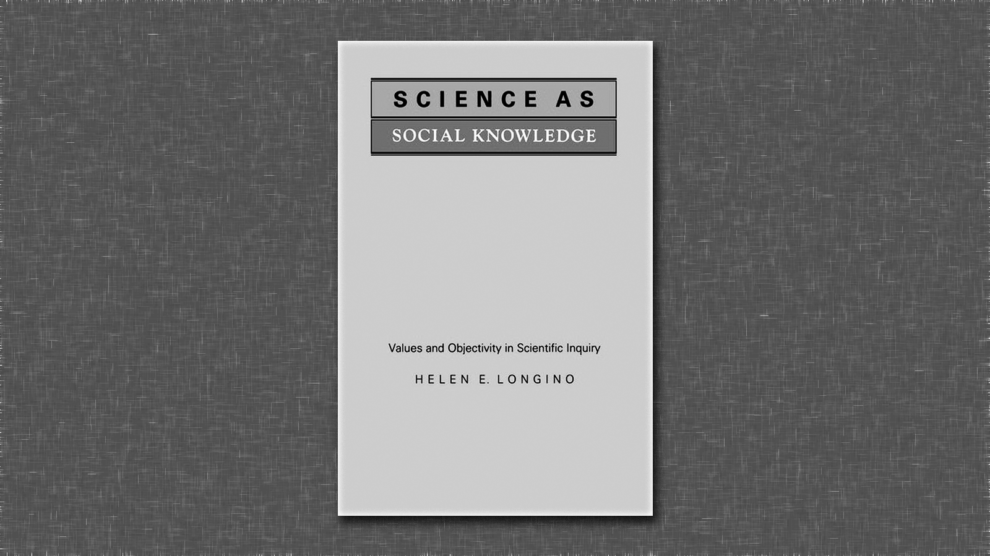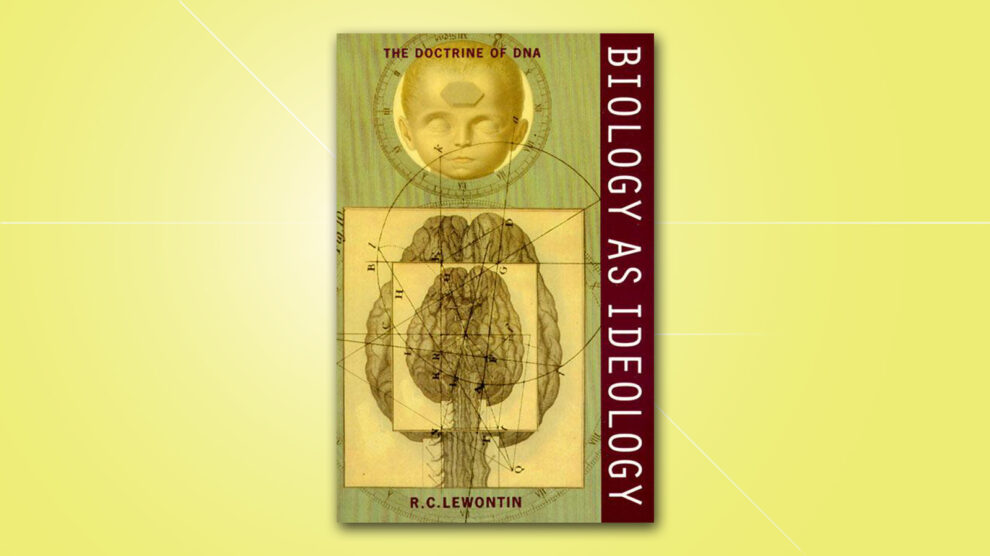An Incomplete Framework for an Ecosocialist Revolution
Review of Red-Green Revolution: The Politics and Technology of Ecosocialism
by Zachary Eldredge
Volume 22, number 1, The Return of Radical Science
Contemporary politics is a maelstrom of issue-based campaigns that threaten to overwhelm even dedicated observers; a successful political movement must synthesize these concerns into a larger, unified whole. In Red-Green Revolution: The Politics and Technology of Ecosocialism, Victor Wallis attempts to lay out a vision for a political program that meets these varied demands for justice and can build a real mass constituency, and he almost succeeds.
Wallis presents an ideology encompassing both “green” demands for an ecological society, and “red” demands for the end of class society and the public control over production, arguing that both are strengthened by the admixture. Ecology encourages decentralized, local control of production, discouraging the centralized planning apparatuses of what Wallis refers to as the “first-epoch” socialist states. Meanwhile, the leftist analysis identifies capitalism as the culprit, sharpening “green” politics and providing a larger political base.
Red-Green Revolution first addresses the need for a “people’s technology.” By this, Wallis refers to a reorganization of production to allow for popular participation in technical decisions. Technical knowledge, Wallis argues, must be spread widely, so that rather than a small class of educated decision-makers, all workers can deliberate in technological processes. To current organizers, he suggests identifying and undertaking projects that bring laborers of various skill levels together in non-hierarchical structures, to model what these practices look like and diffuse technical knowledge to the people at large. In this way, innovation can be re-oriented to meet human need rather than a profit motive. Technical readers might find some of his examples strange—for instance, in discussing the addictive nature of internet technology, Wallis’s example is MUDs (Multi-User Dungeon), a form of online game which was most popular in the late 1990s. However, on the whole, this section paints a convincing picture of how technology could function in a world where everyone is a technician, and what types of educational and democratic structures might have to be built to realize that vision.
Wallis argues that capitalism causes ecological crises due to a lack of democracy. Because decisions are made for the profit of private investors, rational ecological planning is impossible, Wallis argues convincingly. There is no market mechanism that can properly value the air, water, or soil. However, Wallis draws on experiences in revolutionary Cuba and anarchist Spain to argue that democratic economic systems allow citizens to act in their ecological self-interest, making decisions about production that account for more than simple profit. By contrast, Wallis argues that attempts at “green capitalism” are doomed to fail, because improvements in efficiency are subordinated to growth. While Wallis welcomes, in the short-term, capital flowing into sectors like renewable energy, investments in individual technologies do not break from capital’s overarching need to extract value from ecosystems and grow without bound. Only by breaking the principle that the Earth is a source of commodities can we create a society that lives within rational environmental limits.
Wallis’s book is refreshing in that he grapples with the task of building a movement around that vision. Wallis is able to cite moments of red-green unity in the labor movement, for instance, by discussing campaigns by logging workers for sustainable forestry and the work of the Organization of Chemical and Atomic Workers in fighting for environmental protections from their industries. Ecology allows us to argue that the public management of resources and production is not just necessary for economic justice but also for our survival, suggesting a common interest that could unite people across national boundaries.
Unfortunately, Wallis’s attempt to create an ecological universalism that transcends divisions of race and gender leads to some missteps. While Wallis emphasizes that oppression occurs along all axes of identity, he contends that intersectionality has failed as a framework for mass movement-building and has not yielded substantial progress in racial equality or other political change. Wallis’s insistence on the “political primacy of class” assumes that other aspects of a person’s identity are merely vessels through which the class division in society plays out. Class divisions, Wallis claims, are the only divisions that have domination inherent in them, saying that other identity traits are free of “inherent power-implications.” This theoretical structure does not account for the way that race and gender are constructed and policed to maintain hierarchies in society. There is no stable biological nature to “whiteness” for instance, which allows it to exist outside a system of domination.
Wallis’s book ends with a chapter on intersectionality that feels defensive. Wallis does not want to dismiss intersectionality wholesale, noting that race, gender, and the like deserve attention from the political left, but he also believes politics in the United States has become too entangled in “particularist” struggles. Instead, he argues that social change can only occur when it is taken up by a “socially determined protagonist,” which he believes can only be realized by a movement focused on the working class as that protagonist. While it is true that liberation for all people requires the end of capitalism, much progress has been made by the struggles Wallis labels as “particularist.” Indeed, within Red-Green Revolution itself, Wallis notes the successes of Indigenous struggles in environmental protection. As Wallis points out, Indigenous peoples have presented alternatives to modern capitalism, while also advancing a cultural vision that takes responsibility for the stewardship of the Earth. Indigenous people are also divorced from the structure of current nation-states, meaning their fight does not pass through national governments captured by powerful interests. In these examples, Wallis himself has shown that even a struggle founded on “particular” dimensions (in this case indigeneity) can advance ecosocialist causes.
Building a framework that can command a true mass following to save us from the human and environmental devastation of capitalism will be difficult. Red-Green Revolution makes many great points about the way that an ecological movement can, and must, be part of any larger political vision. The way forward will require self-sufficient communities, a deep commitment to democracy, and a clarion call capable of uniting a humanity that is divided in many ways. Red-Green Revolution articulates a vision of that way forward. While that vision may have blind spots in how to build a mass movement, an ecosocialist movement that grapples with the full problems of our intensely hierarchical and unsustainable society is an absolute necessity, and Red-Green Revolution offers a valuable perspective towards making ecological consciousness a key element of the left today.
Red-Green Revolution: The Politics and Technology of Ecosocialism
Victor Wallis
Political Animal Press, Distributed by University of Toronto Press
© 2018
ISBN 978-1-895131-29-1
221 pages
About the Author
Zachary Eldredge is Ph.D. candidate in Physics at the University of Maryland, College Park, where researches quantum information theory. He is active in Graduate Student Government and is a member of the campus pro-graduate student labor organization Fearless Student Employees as well as the UMD chapter of Science for the People.





